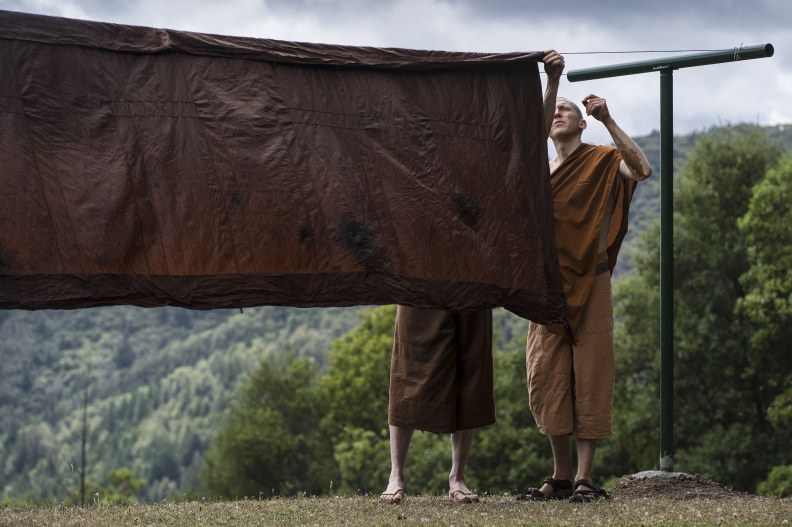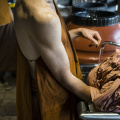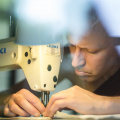Home /
In a process developed at the time of the Buddha, a robe will be flipped in three steps so the natural dye settles evenly on the cloth. This rotation also prevents "racing stripes" as dye drips down the sides.
40/157

- Created on
- Thursday 14 May 2020
- Posted on
- Friday 4 September 2020
- Dimensions
- 5219*3479
- File
- 20200904_dhammavaro_final_07.jpg
- Filesize
- 7689 KB
- Albums
- Visits
- 1137

